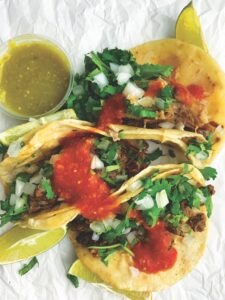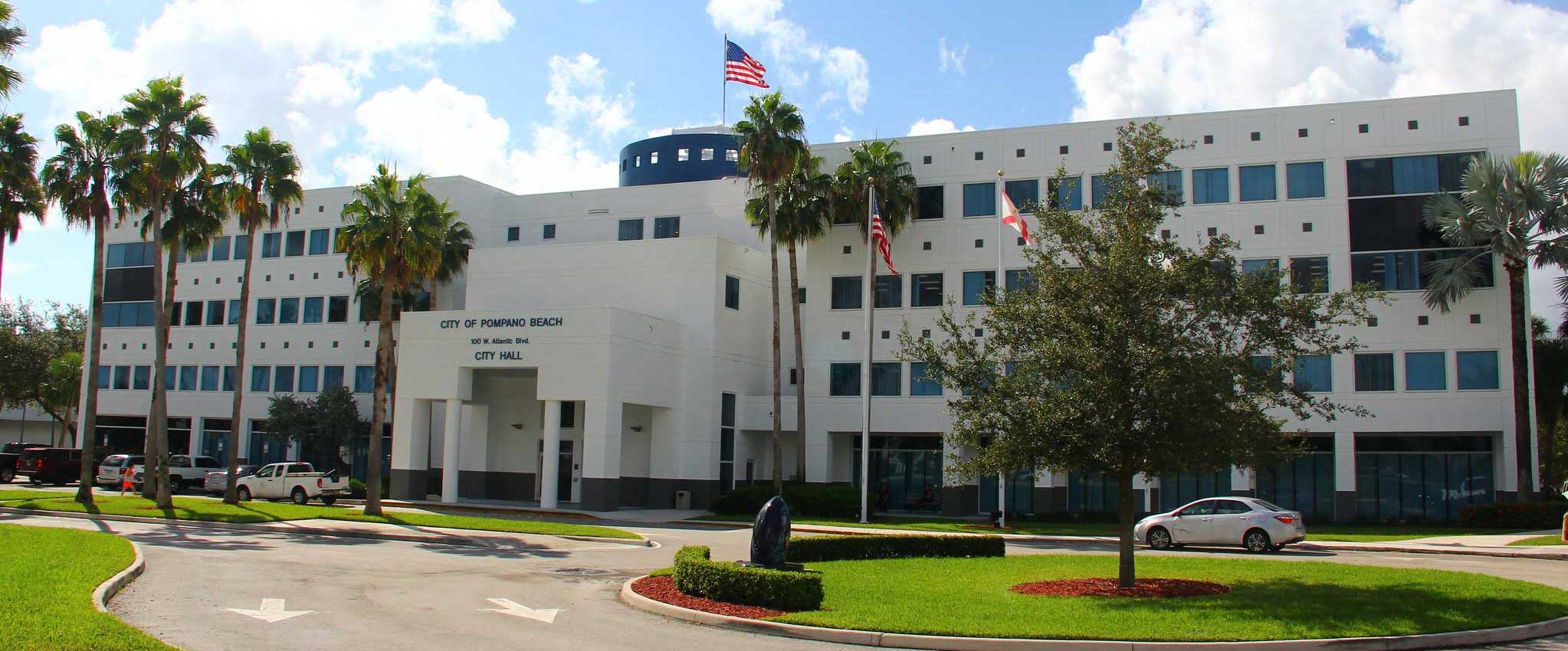Interview With Pompano Beach’s New Cultural Affairs Director
When I read the press release about the new leader of cultural affairs for the City of Pompano Beach, the cities of Chicago and Singapore appeared. I was intrigued. I have been to our country’s third largest city many times and was usually impressed by what I encountered there. And Singapore has the coolest airport on the planet by many measures, along with other smart investments. If business and civic leaders in Singapore hired Ty Tabing away from Chicago to develop their downtown project, I wanted to learn more about the person who will have considerable influence over the arts and cultural aspects of life in the Northeast Broward area and beyond.
Richard Rosser: How did a small town boy end up in the big city — eventually being named the "Chicagoan of the Year" by the Chicago Tribune?
TY TABING: Well, I went to grad school at the University of Chicago and lived on the South Side. I’m a Sox fan because I started out as a South-Sider. I fell in love with the city.
When I graduated, I worked for a congressman on capital hill in D.C. I didn’t care much for D.C., so I moved back to Chicago. For a kid from Wichita, it was ‘bright lights, big city’ — just a heck of a place to grow up through my 20s, 30s and 40s and live the urban lifestyle.
I spent eight years working for Mayor Daly in Chicago, so I was able to parlay that experience into running the downtown business organization, Chicago Loop Alliance. I had been the mayor’s point person for downtown development projects, which became the first of four non-profits I have run in my career.
I had a hell of a life in Chicago and would have stayed there indefinitely had I not had an amazing opportunity to move 10,000 miles from home to start a new non-profit in Singapore. (He lived for 24 years in Chicago)
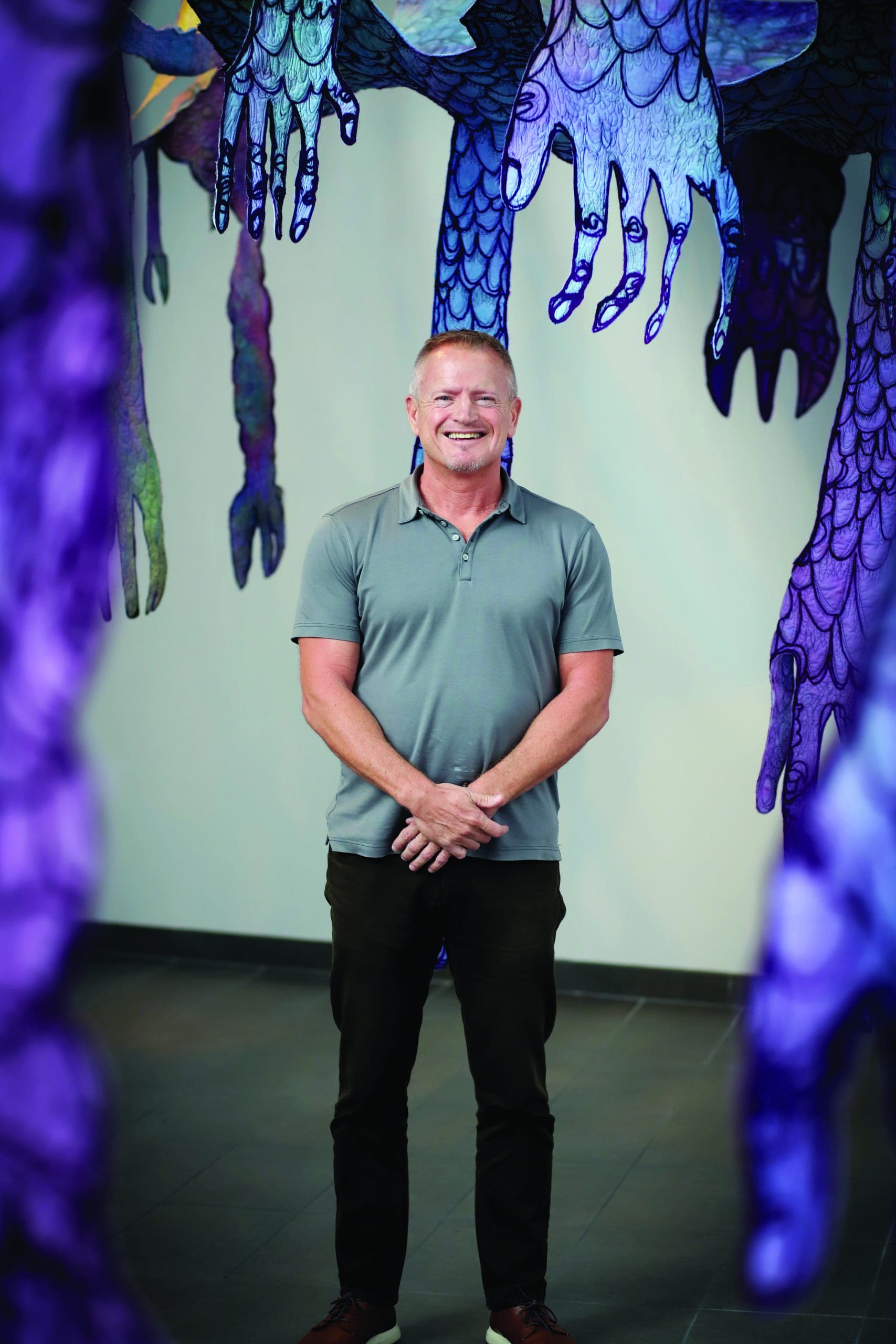
RR: So Singapore? This fact caught my attention — tell me why business leaders in Singapore would recruit you.
TT: They wanted someone with ‘big city’ experience who had led infrastructure projects and created art, culture and place-making projects, so I was ultimately selected.
I lived there for a two-year assignment to launch a non-profit to revitalize the area along the Singapore river that runs through their downtown. The city was divided into three sub-areas. I was brought in to create hard and soft components to unify the river and create a destination.
RR: Place-making? Explain that idea, please.
TT: “Place management and development” is what it’s really called. That’s what I did in Chicago and Singapore. In Pompano Beach, my responsibility is city-wide, but I focused on specific areas in Chicago and Singapore.
That’s what I’ve done throughout my career — I create trails of breadcrumbs to get people to go where you what them to go. Those breadcrumbs can be a little spectacle, create some sizzle, and put some showmanship into events to get people to come.
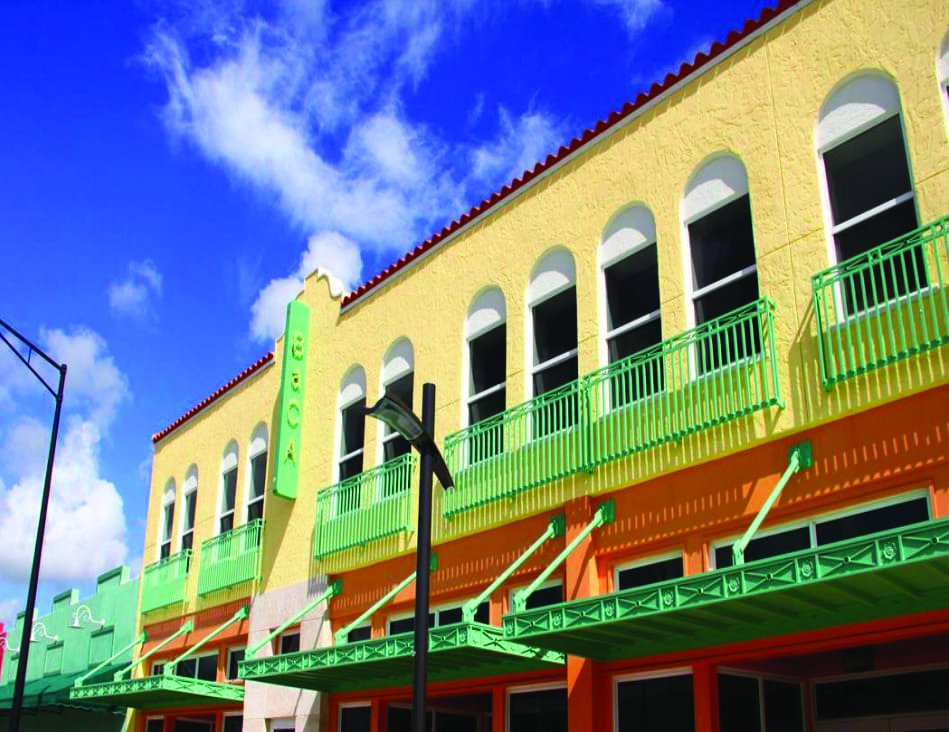
RR: So after Singapore, your last project was in Wichita, your hometown?
TT: Wichita wanted to redevelop their downtown — create some green space, a new convention center and a performing arts center — my background is really in urban planning. So if there were ever a moment to return to my hometown, this would be it, so I took a chance. That was working OK until the pandemic hit. The bottom fell out, and I reevaluated that plan.
I decided to move to South Florida with no job and network my way into something. I met with RMA and Kim Breisemeister, and Earl Bosworth, the assistant city manager. I started consulting in February for the department of cultural affairs, then started full-time after two weeks.
RR: It seems like cities are more competitive these days. True?
TT: All cities are competing for tourists, that is for sure. So there is a need to create unique selling points. When I was in Chicago, we focused on architecture and culture. In Singapore, the two things that distinguished the place were the river and its history; the history of Singapore is tied to that river. It was the center of commerce that led to the skyscrapers that now fill the city. But yes, the competition among cities is more intense for sure.
RR: So, what is unique about Pompano Beach?
TT: Transformation. The new downtown that’s being created, it’s no longer being called the innovation district, I understand. It’s a unique opportunity to create a mixed-used area where there wasn’t anything before, to provide connectivity from the northwest side to downtown and old town — there are good bones. Fast forward five years from now, and Old Town is just hoppin’, with BaCA at the center of all that.
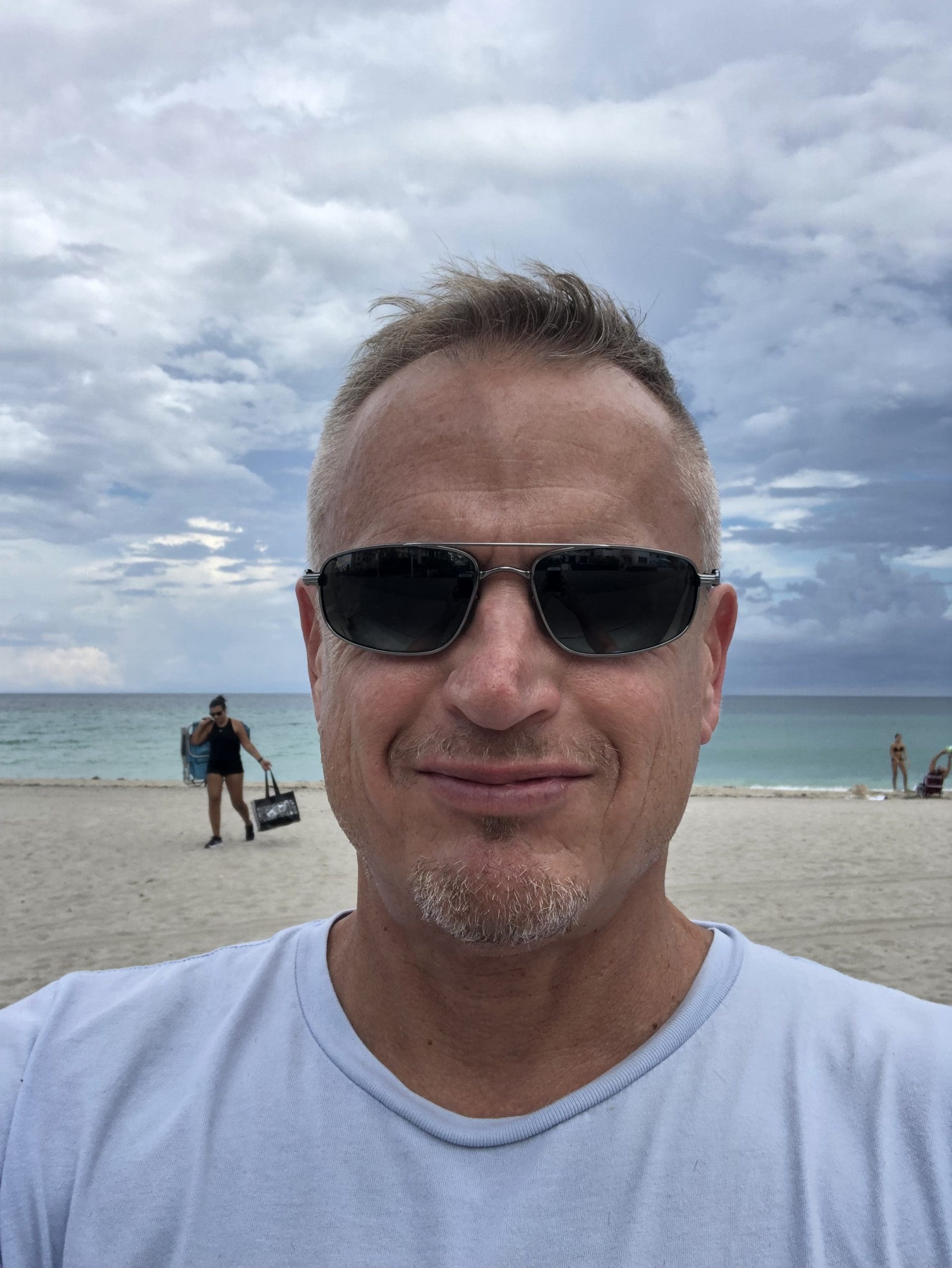
RR: With all due respect, the city has been talking like that for several years.
TT: Well, please remember that with Old Town Square (apartment building), there will be 500 new residents right there. That is a lot of purchasing power. That is a lot of people within walking distance for coffee, dinner and events and I think you will see some big changes because of that in addition to all the other things the city is doing. People beget people and need more people living in that area.
What do you think Pompano Beach is doing well?
I think the city does vision and long-term planning well. The plans for Atlantic Boulevard and Dixie Highway — a 35 million dollar project — those projects don’t happen overnight, and they are very hard to make happen. What I think the city is doing right is creating long-term visions that will distinguish Pompano Beach going forward.
RR: I've read that during the fallout of the 2008 recession, you hatched a plan to team up with local artists to create pop-up galleries in empty storefronts. It seems you have a history of turning sour grapes into wine. Where are the sour grapes in Pompano that have the potential to be good wine?
TT: Good question.
So during the Great Recession, we had over 50 vacant spaces in our project area, so my department was focused on economic development.
But we started a program to activate dormant spaces with art. Now, we didn’t have the expertise, but our local stakeholders like Art Institute of Chicago, 65,000 students downtown, including students at several art academies. We partnered with existing downtown organizations and groups like the Mexican American Art Museum, which was in a neighboring city but wanted to be downtown.
Our only two rules were no nudity or political messages. We spent some money to decorate the windows and storefronts to present them in a professional manner, and the program just kept growing. The New York Times
Where are the "lemons" here?
I’ve been talking to some of the building owners in the Old Town area and downtown to see if we can activate those storefront spaces and bring in artists, galleries and studios. Bringing some life to the windows of the Old Town area would really animate events like “Old Town Uptapped” (the monthly street event in that area that has been running for a few years now).
(Ty makes a statement about “his vision for a walkable art and cultural district” so I ask him to explain)
So, we program three venues: BaCA, the Ali cultural Art Center and the Pompano Beach Cultural Center. They are very close — just one mile between them. Previously, the National Endowment for the Arts provided funding to our cultural affairs department to activate a trail to connect these three venues with a program like Untapped. I want to develop a culture trail that connects the spaces.
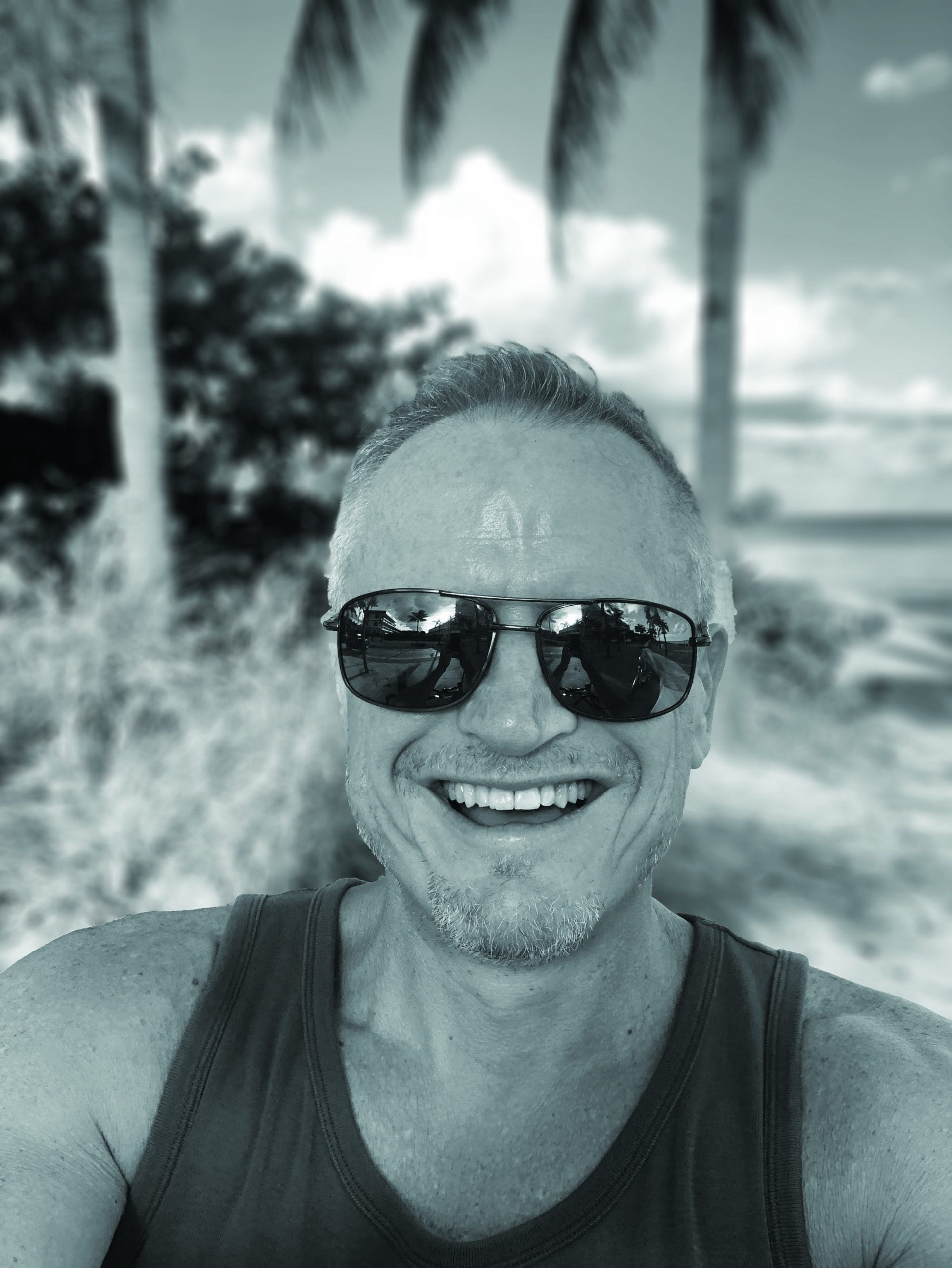
RR: What is a culture trail?
TT: It’s really a walking trail to incentivize movement. It’s like providing a little “something” — like the famous locks on the bridge in Paris, a place to sit, a sculpture, or whatever to keep people interested in moving along. When walking in cities, there is a lot of research showing that safety is essential, and when you can give people visual cues they can follow, they are more comfortable exploring deeper into an area
There is a little of a science to this! The cues can help people think, “Oh, we can get from here to there, and it looks safe, and that thing over there looks cool, let’s go there.”

